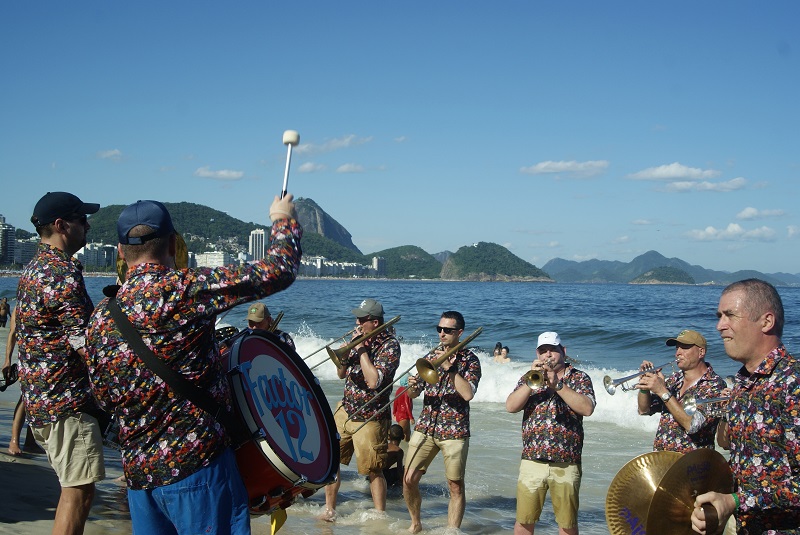Photos taken by Anna Hobbins (Tulane University), Student Correspondent for CET Brazil, Spring 2024
How could I go to Brazil during Carnaval and not write about my time in Rio De Janeiro? Hot, crowded and bumping with Brazilian funk, Rio is a city like no other. Carnaval transforms the city into the world’s biggest party and an extremely profitable party at that.
As a business student with CET, the financial impact on the city was immediately apparent to me. Research by my university here, Fundação Getulio Vargas, found that Rio de Janeiro makes a profit of about 5.5 billion Reais, or 1.1 billion U.S. Dollars every year. While relatively inexpensive on an individual level, the scale of spending is absolutely noticeable.
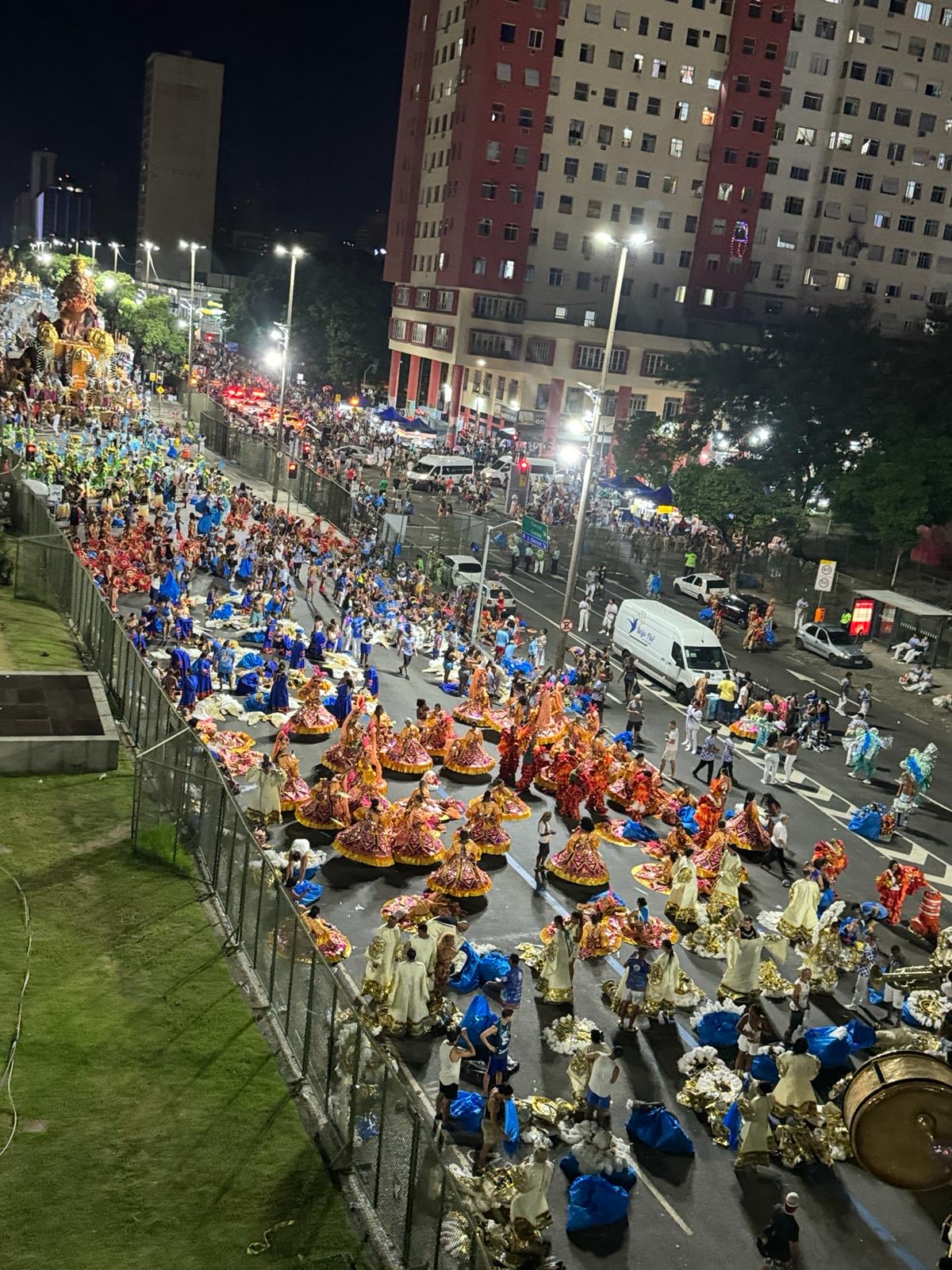
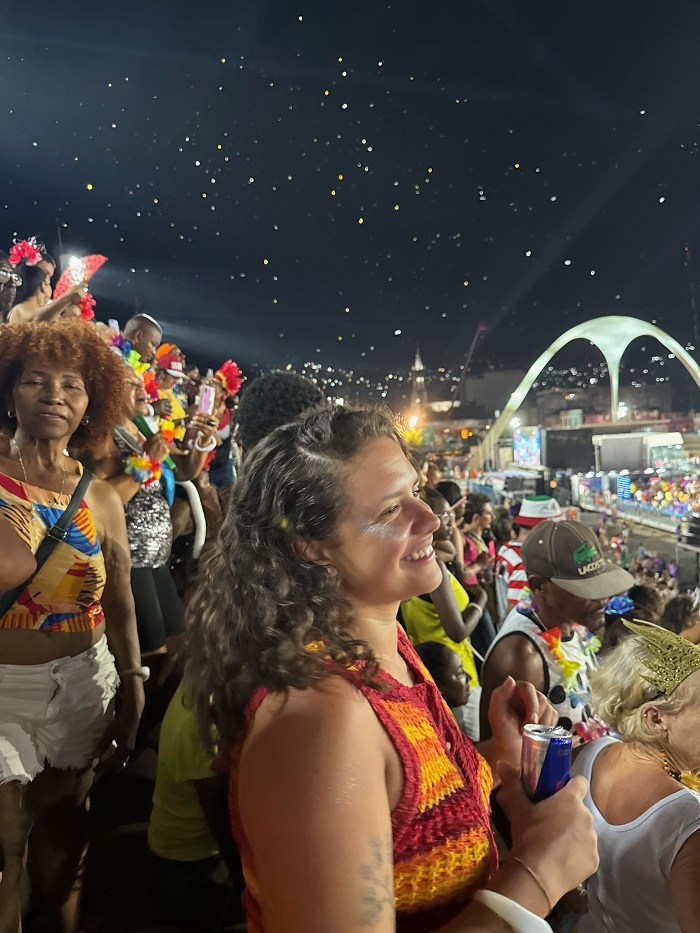
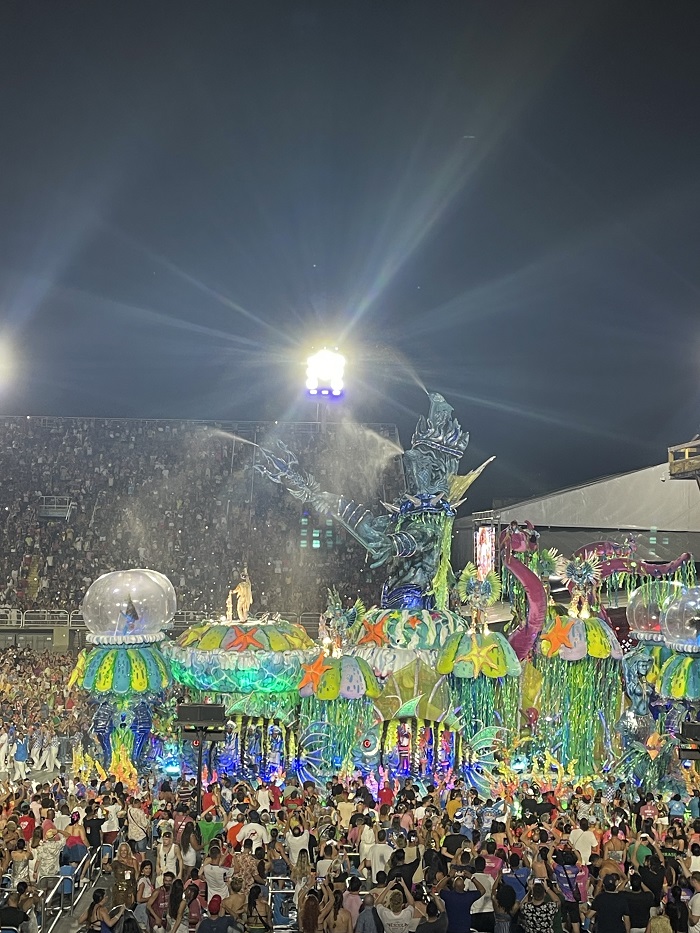
From the massive floats at the 1,870-foot long Sambódromo to the yakisoba noodle and pastel street carts to the glittering skirts at the bloquinhos (or street parties) to the millions of Ubers ordered by tourists from the beach to the city center and back, Rio thrives on the bustle of Carnaval.
I started my time in Rio settling into my apartment, where I stayed with friends from my university here in Brazil and one friend from Tulane. The streets of our neighborhood were covered in plastic tables and chairs set out by the many food carts selling a variety of Brazilian Carnaval food, like pipoca (popcorn), pasteis (fried dough pockets with fillings like meat and cheese), and yakisoba (a customizable fried noodle dish with origins in Japan).
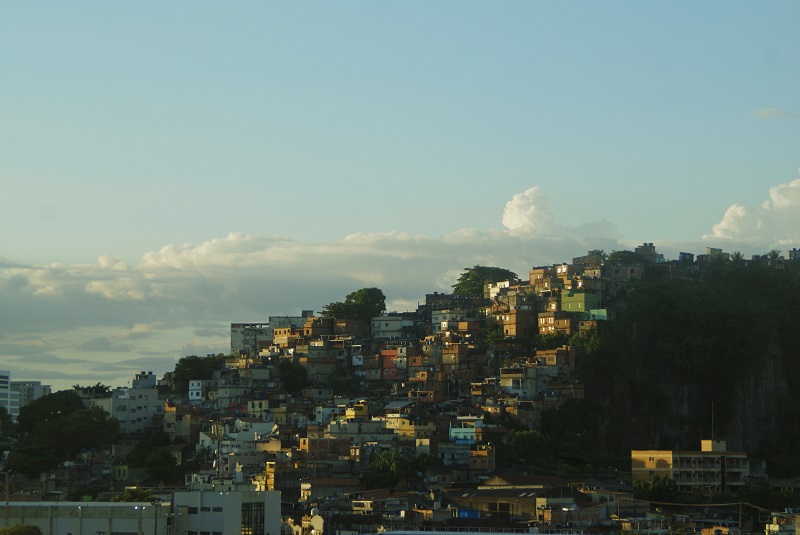
Because of our proximity to the Sambódromo, where the samba schools of Rio parade their floats and costumes every night of Carnaval, many of the people patronizing these stands were dancers in the parades. Dressed to the nines in beads, feathers, wings, headpieces, and glitter in every color imaginable, each Samba School has its own unique style. Schools raise funds for these costumes and transportation through ticket sales for their events and television broadcasts and serve as economic centers in their neighborhoods in the suburbs of Rio. We saw some of the best samba schools, like Beija-Flor and Rio Grande, and the next night, a dazzling showcase of intricate floats and balancing samba dancers.
Beaches: Copacabana and Ipanema
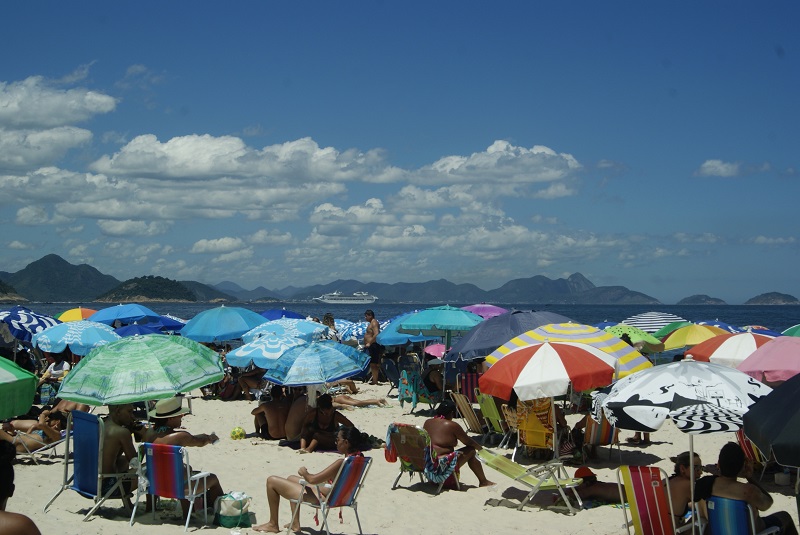

The next day, we traveled to Copacabana and Ipanema beaches, taking in the bright umbrellas set against the striking backdrop of the Sugar Loaf Mountain or Dois Irmãos mountains. Everywhere families, couples and groups of young people sip on caipirinhas (a Brazilian drink made with sugar-cane liquor) and play music from their speakers.
The beachfront is covered with family-run stands selling juices, cocktails, coconuts, and snacks for beachgoers, a welcome relief from the heat. By sunset, we made it to Ipanema, where a bloquinho of street-partiers bounced to funk and electronic music in glitter, bunny ears, colorful clothing, and swimsuits.
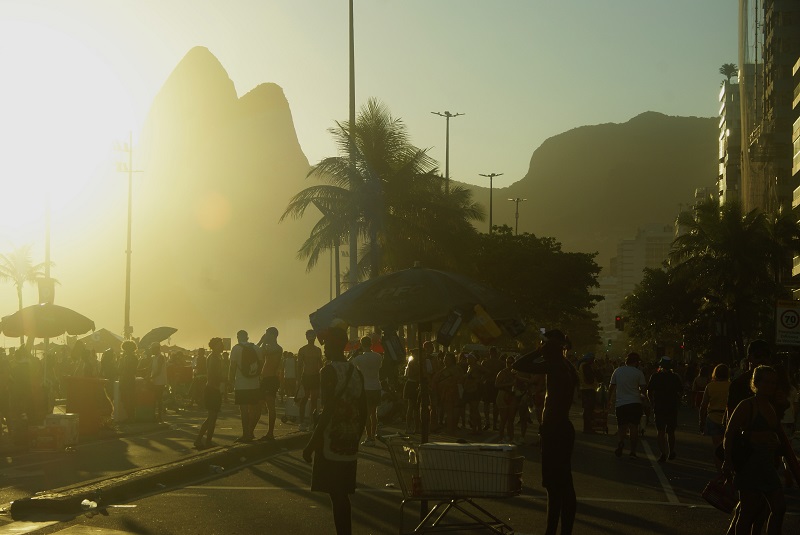
I said goodbye to Rio de Janeiro at the end of four days of Carnaval. I returned to my roommates and CET cohort in São Paulo with intentions to return later this semester to see the city in a different element. Beyond the city’s economic benefit, Carnaval allows Rio to flaunt its cultural richness, music, food, and lively people.
